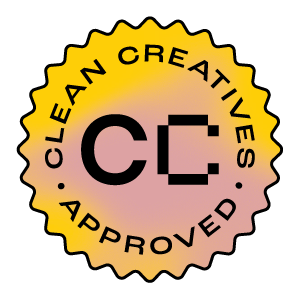5 Keys to Effective Public Relations Writing
If you work in public relations, or if PR responsibilities fall to you by default in your company, it’s a good idea to keep these keys to effective PR writing in mind.
Think First, Write Later
Ideas should precede expressions. Let yours bang around your brain a while before putting anything on paper. Answer these questions:
- How does this relate to members of my audience?
- Why is it, or should it, be important to them?
- How can I grab and hold their attention?
- How can I best engage and persuade them to be concerned or take action?
Develop a “Creativity System”
A lot of creativity – some would argue most creativity – is the result of building on an idea that’s been around a while or combining two existing ideas to make something new. Borrow systematically and keep files of good materials. Make notes when ideas hit you and so on.
There’s a caveat here.
Creativity for the sake of creativity is not only wasted time and effort, but could actually detract from your message. Your idea might be amazing, awesome, never before seen, but if it rubs your customers’ or your clients’ customers the wrong way, it could have exactly the opposite effect from what you intended. If it’s bad enough, and if you’re a PR service provider, you could lose your client. I’ve seen it happen.
Be creative, but only in the context of what appeals to the target market, and make sure the creative complements the overall communication strategy.
KISS
Keep It Simple, Stupid.
It’s amazing how hard it can be to adhere to this rule, especially if you have a boss or client who insists on including every last nitty-gritty detail in the ad, press release, video, e-blast, social media post… whatever. I call that kitchen-sink marketing. When you throw everything, including the kitchen sink, into the ad, press release, video, e-blast, social media post… whatever… your main message is lost. And there goes its effectiveness.
Another part of this involves the most basic of basics. Understand what motivates the members of your target audience, write to them, cut out unnecessary words and paragraphs, avoid industry jargon, off clarifying examples and so on.
Love the Draft/Comp
As much as we’d like to believe we’re the best communicators in the world, that the first draft or comp is right on the money, we’re not. No one is perfect; it’s not likely any of us gets it exactly right the first time. Perfection is achieved through the process of retakes, revisions and rewrites. So write, shoot, design, then revise, revise and revise, then revise again.
Less is More
Keep it short, sweet and to the point. The public relations materials you produce will be stronger and more memorable. Most importantly, they’ll communicate your message more effectively and spur more people to the action you and your boss or client desire.

* Based on “4 steps to better PR writing,” by Fraser P. Seitel.






